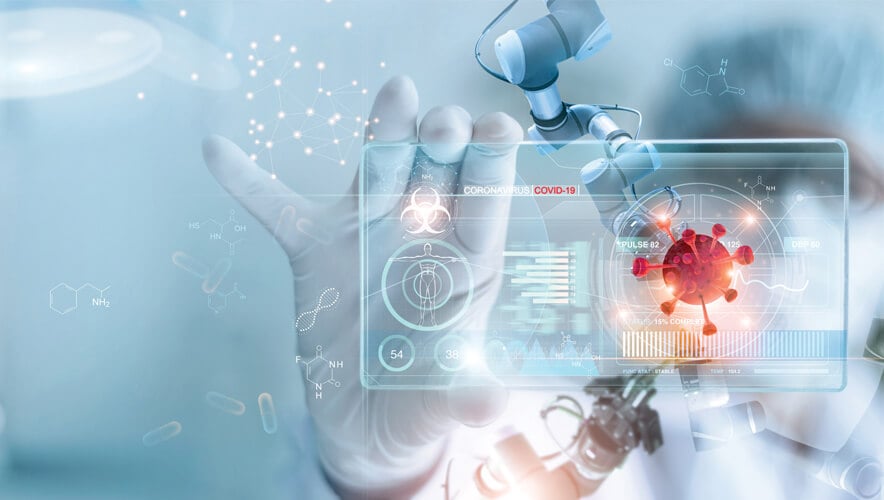Robots Support Return to Work Initiatives
The COVID-19 pandemic seems like an inflection point for the safety and security industry, and I can’t help but think back to past crises and the changes they precipitated—namely the 9/11 terror attacks.
Seemingly, out of nowhere, America was vulnerable. The security industry was at the forefront and had to keep up with sweeping U.S. federal changes, including the Aviation and Transportation Security Act, the Patriot Act, the Enhanced Border Security and Visa Entry Reform Act, and the International Code Council’s post-9/11 building codes. Task forces sprang into action—groups such as state-led counterterrorism bureaus, federally mandated security consultants, and Joint Terrorism Task Forces. The security apparatus in America crossed its Rubicon and irrevocably committed to making the nation a harder target against domestic and international threats.
The security sector today faces a similar inflection point with COVID-19. Once again, urgency is forcing innovation. Security manufacturers are springing to market with incredible new ideas, disruptive technology, and equipment, similar to reactions in the post-9/11 world. Technology is rapidly propelling business transformation.
This time, however, businesses are looking to the U.S. Centers for Disease Control and Prevention (CDC) for guidance on how to safely return to the office. Guidelines to mitigate the spread of COVID-19 are focused on stay-at-home initiatives, promoting social distancing, wearing appropriate personal protective equipment (PPE), and screening for elevated temperatures.
Upsettingly, however, these safety guidelines have begun taking on partisan division in today’s polarizing political climate. It was heartbreaking to hear about the murder of Family Dollar security officer Calvin Munerlyn in May 2020; Munerlyn was shot and killed while on duty for enforcing Michigan’s state-mandated face mask policy. Violent reactions to CDC guidelines are all too common.
The key to safely moving forward is striking the right balance between technology and humanity, and robots are uniquely positioned to respond. Robots are nonpartisan and unbiased, and they can accomplish all CDC-recommended critical tasks while reducing human exposure and breaking the chain of infection.
Robots can not only monitor people’s behaviors through machine learning algorithms, but they can also respond and correct issues as they happen. Utilizing two-way video and voice communications, robots can gently change people’s behavior in the workspace while limiting human exposure to COVID-19.
Elevated temperature is a primary symptom of COVID-19. Traditional methods for businesses to conduct temperature checks are difficult to scale, unreliable, and put those administering the tests at risk. Robots can be used to conduct reliable skin temperature scans through non-invasive measurement of skin temperature via tear duct scans. Using thermal imaging calibration from blackbody radiation (small devices capable of emitting a known constant temperature) paired with a thermal camera, robots can alert employers of anyone with a temperature exceeding 100.4 degrees Fahrenheit. Remote operators can then direct that person for secondary screening, without putting people in harm’s way.
Robots can screen for elevated temperature, verify PPE compliance, and enforce social distancing guidelines while avoiding additional exposure for security officers and other building occupants. Robots provide perfect recall, unlimited attention, and no bias. They are a solution to a difficult situation, and an ideal way to add automated solutions to an existing security program.
Travis Deyle is co-founder and CEO of Cobalt Robotics.
